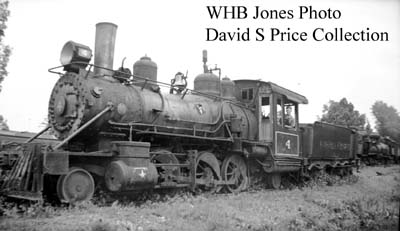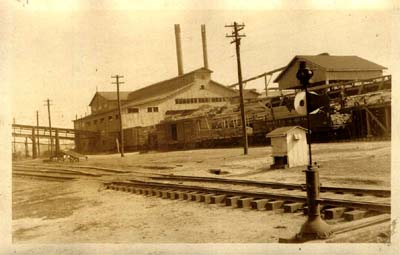
Mississippi Eastern Railway (1903-1942)
Mississippi Lumber Co. (1900-1917)
Long-Bell Co. (1917-1933)
|
Standard Gauge Headquarters: Chicago, IL (1903-1917) Kansas City, Mo. (1917-1942) Mill capacity: 150,000 ft/day in 1917 Years of Operation: 1903-1942 Miles Operated: 26.87 in 1914 Locomotives Owned: |
Equipment: June 30, 1914- 5 locomotives, 1 passenger, 3 box, 46 flats, 6 other
|
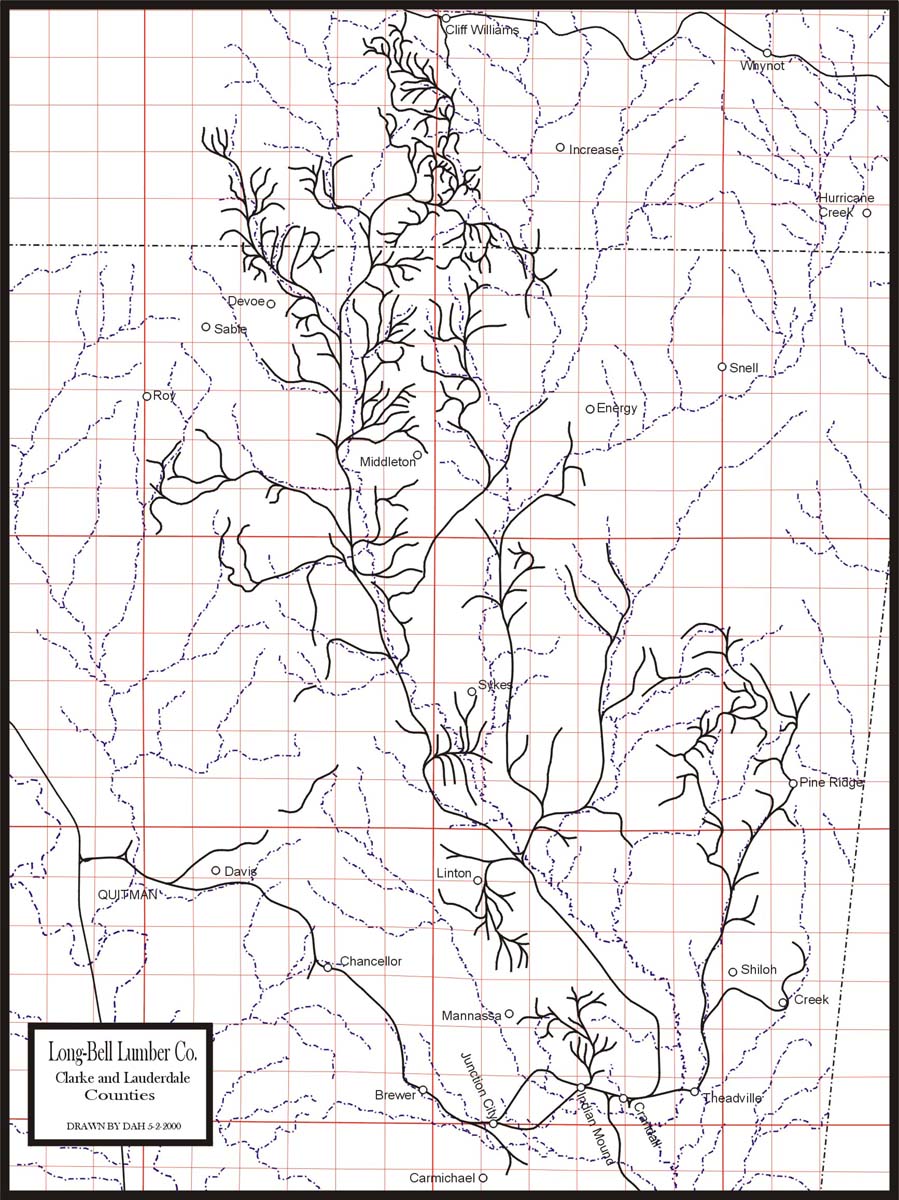
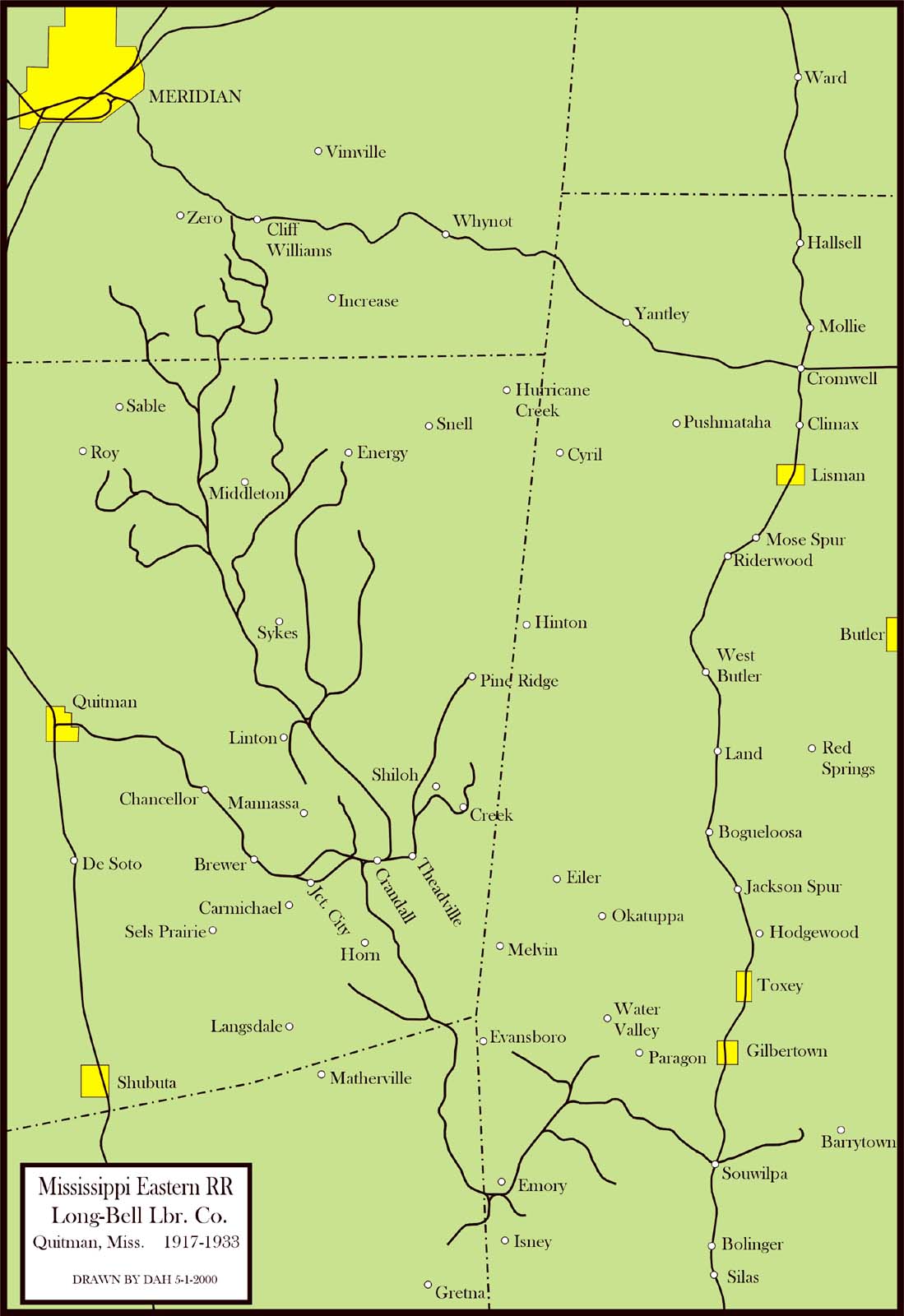
Click Maps for Larger Versions Google Earth Map HERE |
|
History by Tony Howe: The Mississippi Lumber Company had
its beginnings in February 1900, when the company was incorporated at
Quitman by Perley Lowe, C. P. Miller, William Templeton, and Charles F.
Thompson, many of whom were wealthy Chicago businessmen. Only Thompson
lived in Quitman and soon became manager of the mill. On April 19, 1900,
the Mississippi Lumber Co. purchased the properties of the Wetherbee
Lumber Co., which included a sawmill, short logging railroad, and 1240
acres of timber. The Wetherbee Lumber Co. was started only the year
before by W. C. Wetherbee, a prominent merchant and lumberman from
Waynesboro. More importantly, the Mississippi
Lumber Company signed a contract with the Alabama Land and Development
Co., a subsidiary of the Mobile & Ohio Railroad, on July 25, 1900,
for timber on 28,560 acres of land owned by the M&O, 24, 880 acres
of which were located in eastern Clarke County and the remaining 3680
acres lying in southern Lauderdale County. In return, the lumber company
agreed to build a steam sawmill and dry kiln of larger capacity than
those purchased from the Wetherbee Lumber Co., and build a standard
gauge railroad into the timber. The contract stipulated that
construction on the mill was to begin within six months of the signing
of the contract, and that the mill and logging railroad were to be
completed within twelve months. The lumber company also agreed to cut
within 24 months no less than 4 million feet of logs from the M&O
lands, and to cut no less than 4 million feet each year after the first
24 months. The Mississippi Lumber Co. was to have an estimate made of
the board feet on each tract of land and to pay the M&O for the
timber before it was cut. The Mississippi Lumber Co. quickly
expanded the operation. A new sawmill was soon built at Quitman to
replace the old Wetherbee mill. This new mill consisted of a band mill
with a gang saw, and had a capacity of 75,000 feet per day. The logging
railroad was extended east and northeastward by late 1900. The
Mississippi Lumber Co. also added considerably to the timber holdings
throughout the early 1900's. As the railroad was extended
southeastward into new timber tracts, the decision was made to
incorporate it as a common carrier. The Mississippi Eastern Railway was
chartered in Mississippi on July 6, 1903. Capital stock for the new
railroad totalled $75,700, consisting of 757 shares of $100 each. On May
1, 1904, the railroad issued 7 shares to certain persons to qualify them
as directors of the railroad, while the remaining 750 shares were issued
to the Mississippi Lumber Co. in payment for the railroad. An agreement
between the Mississippi Lumber Co. and the Mississippi Eastern was
signed on April 26, 1906, where each company granted the other the right
to operate trains over its tracks for a period of 25 years. The
Mississippi Eastern also paid an annual rental of $62.56 to the Mobile
& Ohio for joint use of the M&O depot in Quitman. The first 11 miles of railroad
between Quitman and Brewer was officially purchased from the lumber
company on April 26, 1905. By 1908 the line was constructed as far as
Theadville, 16.1 miles from Quitman. In December 1909 the line reached
Pine Ridge, 10.77 miles northeast of Theadville. This extension to Pine
Ridge was short-lived, however, and was abandoned in March 1915 after
the timber was removed in this area. The Mississippi Lumber Co., in
addition to its large mill in Quitman, built at least two smaller mills
along the Missisippi Eastern. A large hardwood mill was also built at
Crandall, about one mile and a half west of Theadville. A wye to turn
the locomotives was built on the south side of the main line at
Crandall. The mill was located just north of the main line of the
Mississippi Eastern, and several of the foundations of this mill are
visible in that area today. A commissary was also operated by the lumber
company at Crandall. On July 11, 1917, working through James D. Lacey & Co., the Long-Bell Lumber Company, of Kansas City, Missouri, bought the timber holdings and sawmills of the Mississippi Lumber Company, at Quitman, including the Mississippi Eastern Railway., in a deal involving close to $3,000,000. The Long-Bell Co. was a long-established operator of several large yellow pine mills in Arkansas and Louisiana. As their plants in Louisiana cut out in the 1920's, the company established mills in Washington, Oregon, and California, several of which continued to operate logging railroads into the late 1950's. By August 1918 the Long-Bell Company
had doubled the cutting capacity of its plant at Quitman by building a new
band mill. This gave the company two mills, each with a cutting capacity
of 100,000 feet per day. An extensive electric lighting system was also
installed which gave lights to the town of Quitman. In December 1918 the
company opened a department store in Quitman that covered and entire city
block. Long-Bell also added to the timber holdings of the company. A major
logging spur was built northwestward from Crandall along the west side of
Buckatunna Creek. This line eventually extended all the way into southern
Lauderdale County. This line was subject of a major dispute with the Interstate Commerce Commission in the late 1920's. On September 8, 1927, the Mississippi Eastern applied to the I.C.C. for permission to operate its logging line, running northward from Crandall to Cliff Williams, about 25 miles, as a common carrier. This line was known as "main line 5." At the north, main line 5 connected with the Meridian & Bigbee River Railway, which had recently been constructed eastward from Meridian to Cromwell, Alabama. On August 9, 1927, the Long-Bell Company made an agreement with Sam A. Neville, principal owner of the M. & B. R., granting Neville an option to buy main line 5 and all the capital stock in the Mississippi Eastern, provided that by December 31, 1927, Neville completed at his own expense the northerly eight miles of main line 5. The Long-Bell Company was to have trackage rights over this line as part of the agreement. Purchase price, including building the northern end of main line 5, was to be about $221,000. The Mobile & Ohio Railroad, over which the Long-Bell Company shipped its products at Quitman, protested this arrangement vigorously. The I. C. C. saw the arrangement as an attempt on the part of the Meridian & Bigbee River to buy the traffic of the Long-Bell Company and denied issuing a certificate to operate main line 5 as a common carrier. Thus, the deal fell through. Construction started on another major logging line by Long-Bell southward from Crandall in 1921. This line was eventually extended into northeastern Wayne Co. to log timber located along the state line as far south as the Gretna community on present-day Highway 84. By late 1926 the Long-Bell logging railroad extended into Choctaw County, Alabama, to log timber located between Isney and Water Valley. A logging camp was located about a mile north of Isney, near the town of Emory. A wye was located here, as well as a long double-ended set out track. Much of the timberland in this area was acquired on August 1, 1926, when Long-Bell purchased approximately 21,640 acres of timberland in western Choctaw County from the Choctaw Lumber Co., who had operated a large mill at Bolinger, on the AT&N Railroad. Long-Bell purchased another 3990 acres of timber from the Hunter-Benn Co. on June 25, 1929, that was located between the small towns of Souwilpa and Barrytown, Alabama. In order to log this timber, Long-Bell built what was known as the “Souwilpa Main Line” in 1930. As a bulk of the Hunter-Benn timber was located east of the AT&N, Long-Bell had to cross the AT&N at grade at the town of Souwilpa. Part of this new line was built on the grade of an old narrow gauge logging railroad that was built in the 1890's by the R. G. Peters Estate westward from the Tombigbee River. About half way between Souwilpa and Barrytown, the Long-Bell line connected with the logging railroad of the Wilcox Saw Mill Co. that ran from Bolinger northeastward to timber owned by that company west of the Tombigbee River near Womack Hill. The Long-Bell line to Souwilpa was only in place for less than three years. By October 1933, Long-Bell finally cut
out most of its remaining timberland. The sawmill at Quitman shut down and
the logging railroads were removed. The logging equipment was brought to
Quitman and stored for several years near the old mill. In spite of the
loss of its major reason for existence, the Mississippi Eastern Ry.
continued to struggle on for several years. On April 29, 1931, the
Mississippi Eastern applied to the Interstate Commerce Commission to
abandon its line from Crandall to Theadville, 1.1 miles. The reason give
was that lumbering operations around Theadville had greatly declined in
recent years and that the line between Crandall and Theadville, including
a long bridge over the Buckatunna River, was in need of costly repairs,
which were not justified by revenues on the line. On July 3, 1931, the I.
C. C. gave its permission to abandon this segment.
|
||

Two Mississippi Lumber Co. locomotives at a logging camp east of Quitman, circa 1905. Photo from Gil Hoffman Collection |

Mississippi Lumber Co. mill at Quitman. Postcard from John Sharp Collection |
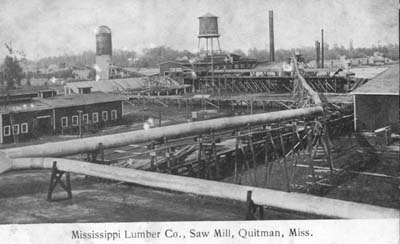
Another postcard view of the sawmill at Quitman, circa 1910. Postcard from John Morgan Collection |
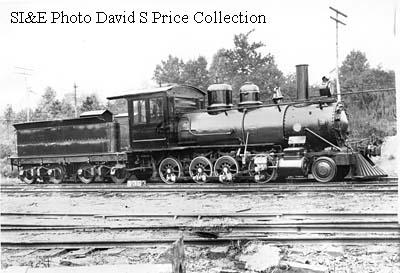
SI&E view of Mississippi Eastern 2-8-0 Number 111, a former narrow gauge engine rebuilt to standard gauge. |
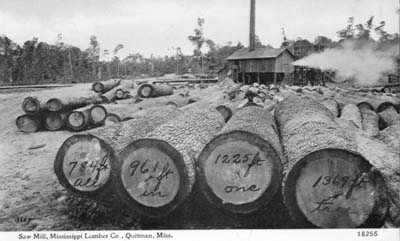
Mississippi Lumber Co.'s hardwood mill at Crandall. Postcard from John Sharp Collection |
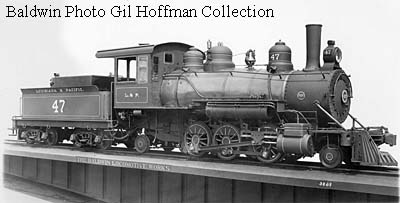
Builder's view of Baldwin 2-6-2 that later became Long-Bell No. 11 at Quitman, Miss. |
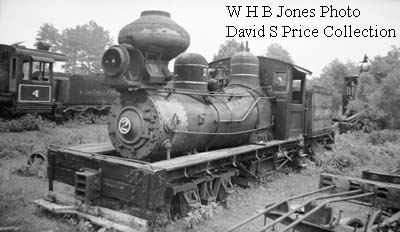
Long-Bell No. 2, a 42-ton 2-truck Shay, sits abandoned at Quitman on August 21, 1936. |
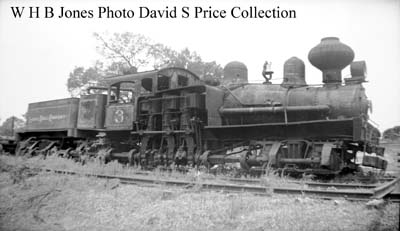
Long-Bell No. 3, an 80-ton 3-truck Shay at Quitman on August 21, 1936. |
Long-Bell No. 4 was transferred from a Long-Bell operation in Arkansas. Quitman, MS 7-21-1936 |
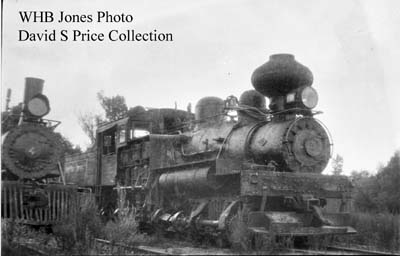
Long-Bell 4 and 5 at Quitman, circa 1930. |
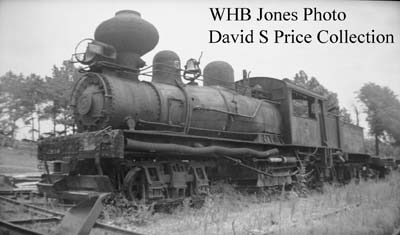
Long-Bell No. 5 was another 80-ton 3-truck Shay. Quitman, 7-21-1936 |

Long-Bell No. 6 was a third 80-ton Shay, bought new in 1920. |
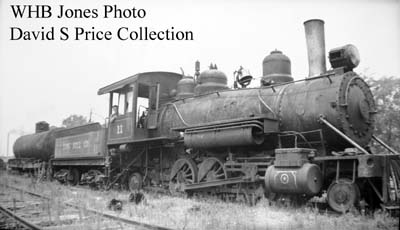
Long-Bell No. 11 was transferred from the Long-Bell-owned Louisiana & Pacific Ry. in southwestern Louisiana. |
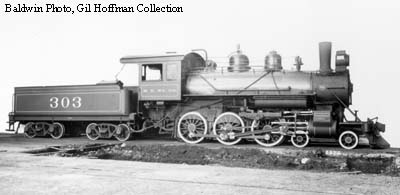
Builder's view of Mississippi Eastern 303. |
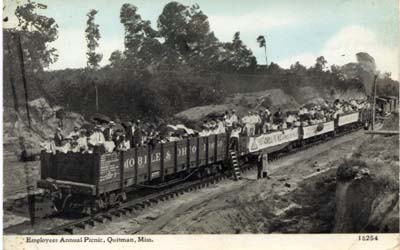
An employees' picnic special at Chancellor on the Mississippi Eastern. Postcard from John Sharp Collection. |
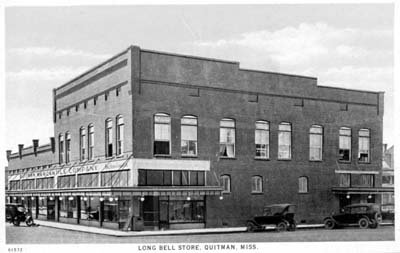
Long-Bell's company store in Quitman. Postcard from John Sharp Collection. |
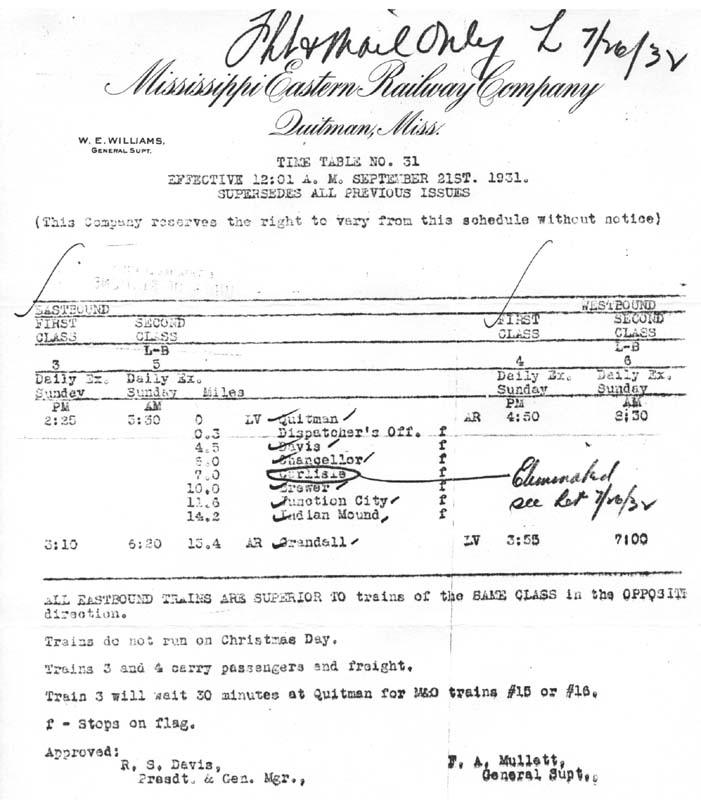
Mississippi Eastern Timetable. David Bridges Collection |
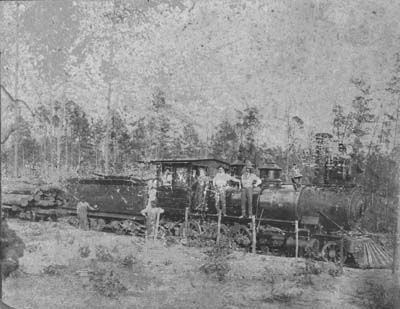
Mississippi Lumber Co. 2-8-0 No. 111 circa 1905. Gil Hoffman Collection |
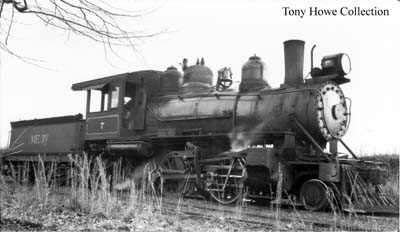
Mississippi Eastern No. 7 at Quitman, circa 1930's. |
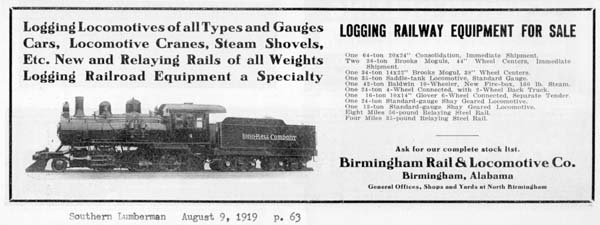
BR&L ad featuring Long-Bell 1st No. 4 in 1919. Gil Hoffman Collection |
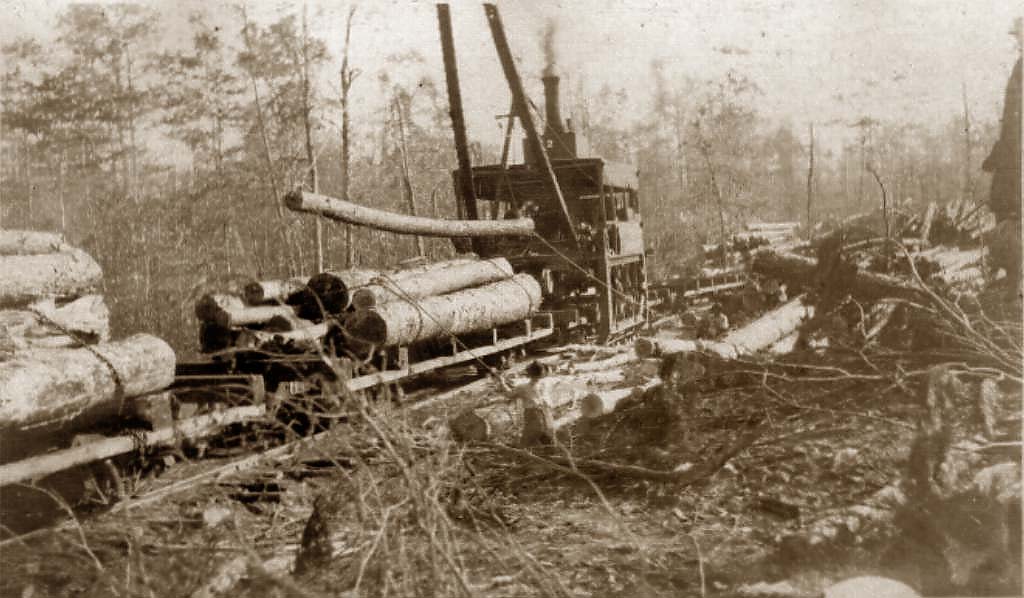
Long-Bell McGiffert loader in 1922. John Morgan Collection |
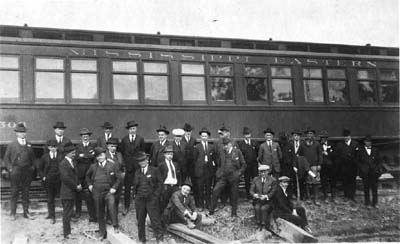
Long-Bell officials taking an excursion over the Mississippi Eastern in 1922. John Morgan Collection |
Long-Bell mill at Quitman 1922. John Morgan Collection |
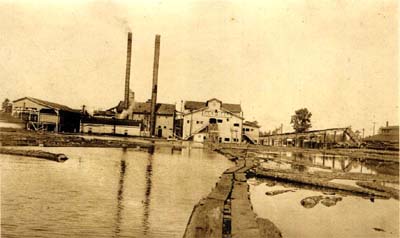
Mill pond in Quitman. John Morgan Collection |
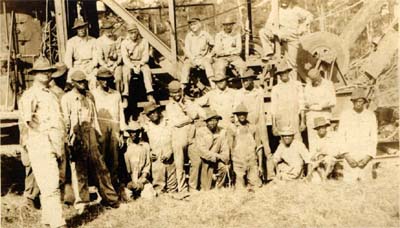
Long-Bell skidder crew in 1922. John Morgan Collection |
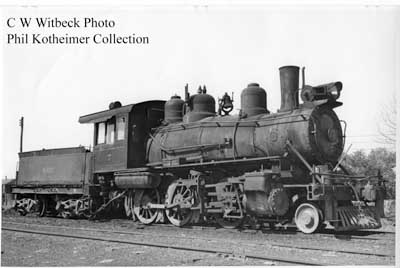
Mississippi Eastern 7 was sold to the Murfreesboro & Nashville in Arkansas, as seen here at its new owner. |
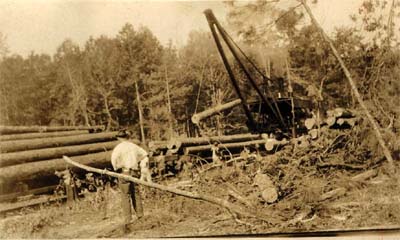
Long-Bell McGiffert loader at work in 1922. John Morgan Collection |
 January 1915 Official Railway Equipment Register- Art Richardson Collection |
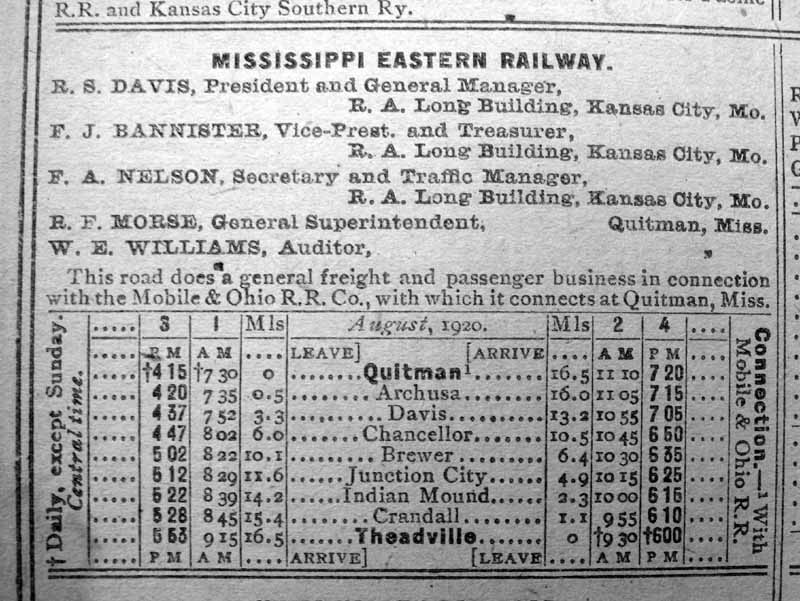 1920 Official Guide of the Railways |
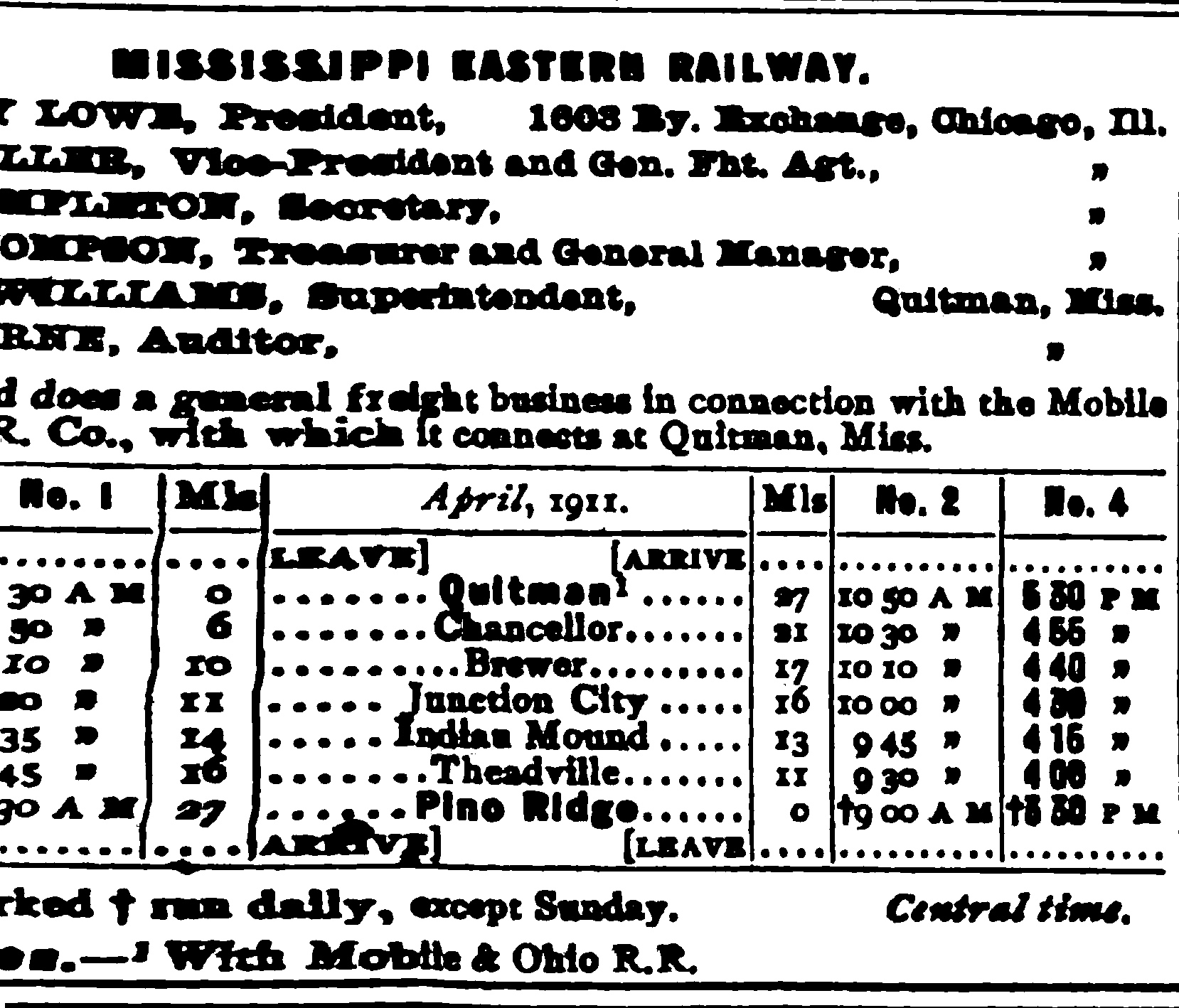 January 1912 Official Guide of the Railways |
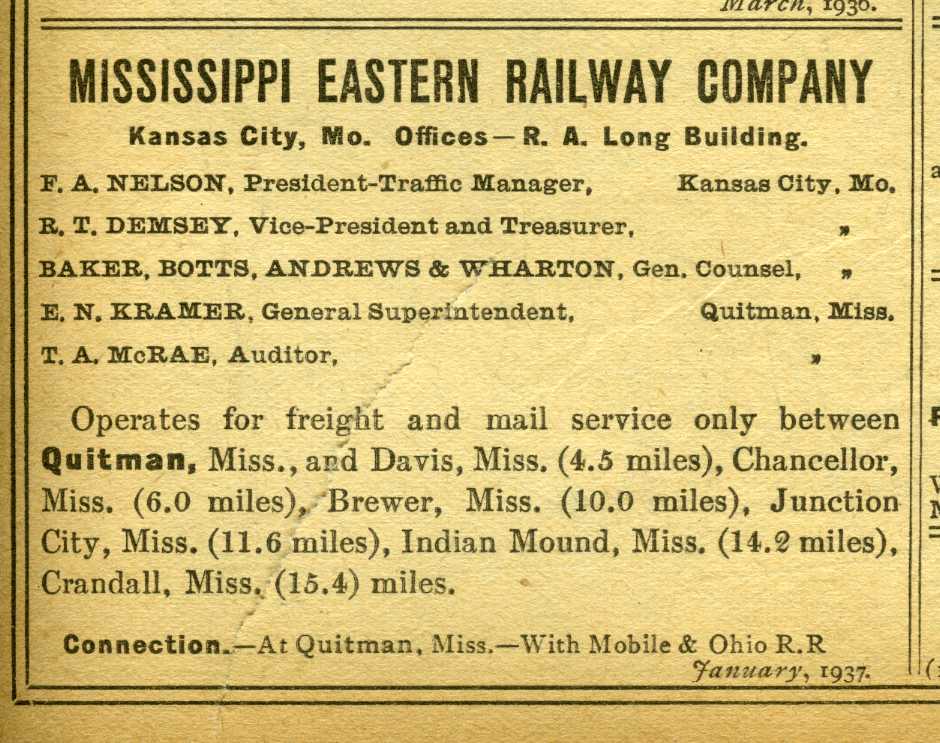 March 1937 Official Guide of the Railways- Tony Howe Collection |
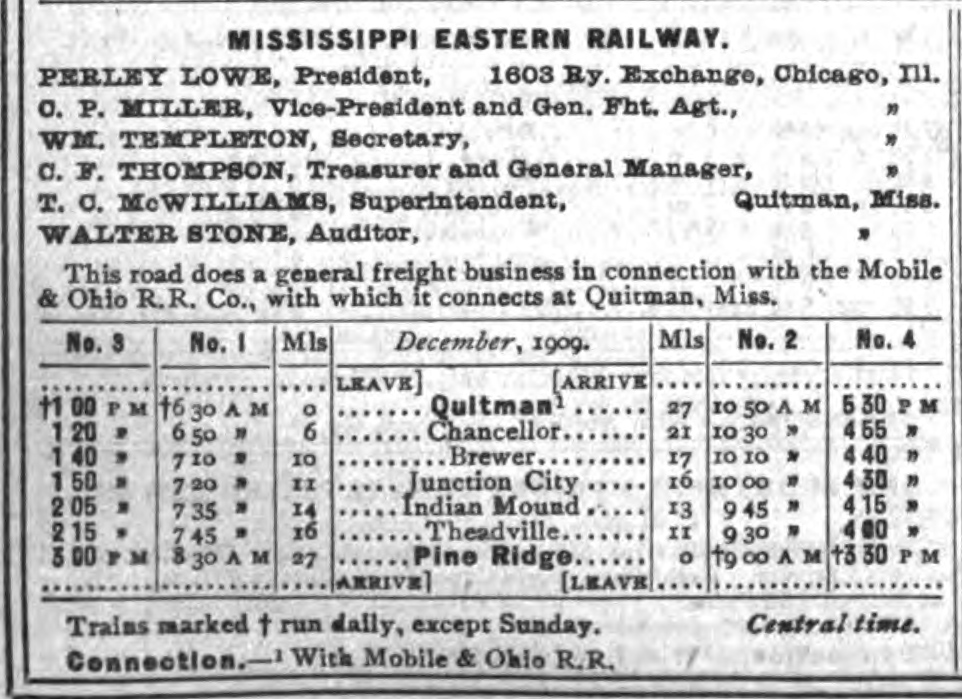 September 1910 Official Guide of the Railways |
|
For more information contact Tony Howe at tonyhowe76@yahoo.com or David S. Price at davidsprice46@gmail.com
All content on Mississippi Rails website is copyrighted by us or the individual or institution noted on the image or accompanying text. Please contact us below for permission to use any image or information contained on this website. Mississippi Rails is not affiliated with any railroad.
©2009 Mississippi Rails
